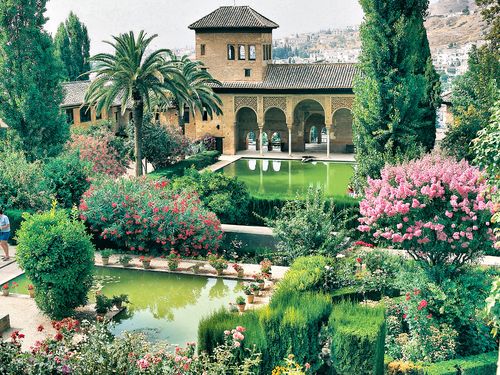One of the significant aspects of human civilization is cultural heritage. It is a collection of customs, traditions, beliefs, artifacts, and other humanly created or naturally occurring items that include both tangible and intangible elements. In this article, we will explore the definition of cultural heritage in detail.
What is cultural heritage?
Cultural heritage is an umbrella term that comprises the historical, social, and cultural assets of a community, a nation, or a civilization. It is a legacy inherited from past generations and a precious resource for current and future generations. Cultural heritage includes not only tangible items such as artifacts, buildings, and monuments but also intangible elements such as music, rituals, storytelling, and even cuisine.
The significance of cultural heritage
Cultural heritage carries immense value as it provides a sense of identity, continuity, and belonging to a community or a nation. It reflects the past, defines the present, and shapes the future. It represents the diversity and richness of human experience and is a source of inspiration and creativity.
Cultural heritage also serves as a platform for socio-economic development, as it can attract tourists, generate employment, and boost local economies.
Types of cultural heritage
Cultural heritage can be classified into two main categories- tangible and intangible.
Tangible Heritage includes artifacts, objects, buildings, monuments, and landscape features that have physical properties. These elements are usually curated by museums, heritage sites, and archives.
Intangible Heritage includes cultural expressions, practices, knowledge, and skills that are rooted in traditions, folklore, and rituals. These elements are usually transmitted orally, through performing arts, or other forms of intangible expressions.
Examples of cultural heritage
Cultural heritage can be found in diverse forms, from ancient ruins to intangible forms of expression such as music and dance. Examples of cultural heritage include:
– Historical buildings and monuments such as the Taj Mahal, the Great Wall of China, and the Pyramids of Giza.
– Artifacts such as pottery, jewelry, and weapons.
– Traditional music and dance forms such as Flamenco, Bharatanatyam, and Samba.
– Festivals and rituals such as Diwali, Carnival, and Eid al-Fitr.
Conclusion
Cultural heritage is a fundamental aspect of humanity that provides a sense of identity and continuity to a community or a nation. It reflects the diversity and richness of human experience and serves as a source of inspiration and creativity. Therefore, it is essential to protect, preserve, and promote cultural heritage for current and future generations.
(Note: Do you have knowledge or insights to share? Unlock new opportunities and expand your reach by joining our authors team. Click Registration to join us and share your expertise with our readers.)
